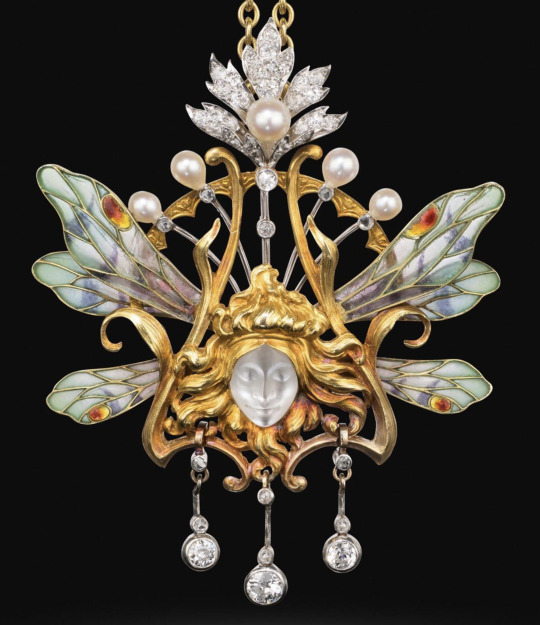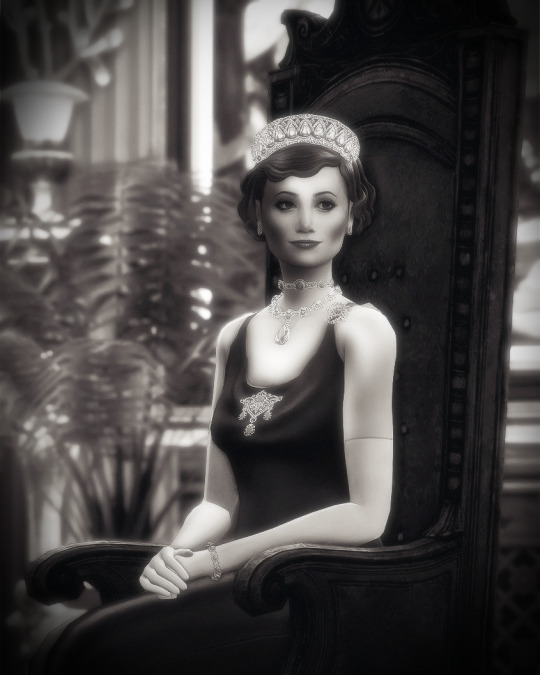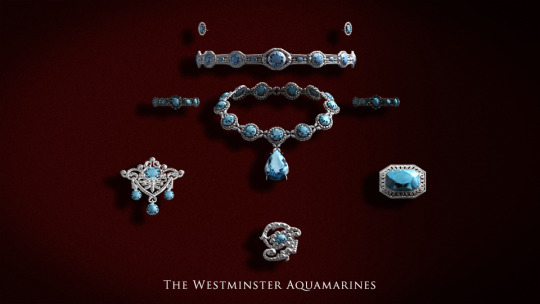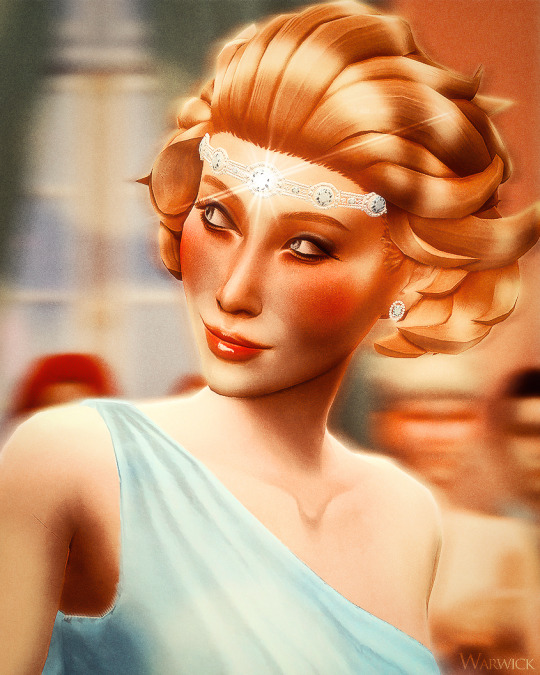#Circa 1876
Explore tagged Tumblr posts
Text

Obras de Construção da Ponte de Ferro da Boa Vista - Centro do Recife Em 1876.
Photo Cláudio Dubeux.
(A Ponte de Ferro da Boa Vista, Também Conhecida como Ponte Imperador Dom Pedro II, foi Inaugurada em 1877).
#Construção de Ponte#Obras#Ponte da Boa Vista#Recife City#Recife Antigamente#Circa 1876#1870s#Cláudio Dubeux#Recife PE#Antigamente#Pernambuco#Nordeste#vintage photography#vintage#photography#photo#old photo#old photography#efemérides#Fotografia Antiga#Fotografia#Foto
10 notes
·
View notes
Text

submitted by @edwardian-girl-next-door 💙💛
#historical fashion poll submission#historical fashion polls#fashion poll#historical dress#historical fashion#dress history#fashion history#fashion plate#19th century#19th century fashion#19th century dress#mid 19th century#late 19th century#1870s dress#1870s fashion#circa 1870#1870s#1876#skirt
163 notes
·
View notes
Text
c.1876 Four Bedroom Kentucky Home For Sale Under $150K
$149,900 If you’re looking for something that’s been partially updated yet still has the feel of a historic home, this Kentucky home for sale for you. Attention to detail, amazing woodwork, high ceilings, four bedrooms, and over 3, 700 square feet are just a few things that this home boasts. Wait until you see the gorgeous staircase, fretwork, colonnades and stained glass in this beauty! Realtor…
#1876#circa#Kentucky#Kentucky home for sale#Kentucky real estate#ky#ky real estate#old houses under 50k
0 notes
Text

Dreams at Twilight, circa 1876. Painted by Jules Tavernier.
631 notes
·
View notes
Text

A plique-à-jour, moonstone and diamond pendant by Louis Aucoc, circa 1900. René Lalique was an apprentice to Aucoc from 1874-1876. Source - Spicer Warin
2K notes
·
View notes
Text
Gold satin and black floral brocaded silk dress, circa 1876. Fashion Museum Bath.


1K notes
·
View notes
Text

Vintage Christmas card detail - circa 1876.
#vintage illustration#the holidays#holidays#holiday season#christmas#christmas season#happy holidays#merry christmas#christmas time#xmas#merry xmas#christmas holidays#christmas aesthetic#vintage christmas card#christmas cards#vintage christmas#vintage typography#typography#hand lettering
54 notes
·
View notes
Text
Which style would you choose in the city builder game I've come up with
154 notes
·
View notes
Photo

Description: Shakespearean character "Ophelia" Date circa 1876
Author Jean-Baptiste Bertrand (1823–1887) painter, C. A. Deblois engraver
86 notes
·
View notes
Text


He Who Laughs Last - Laughs Best
By Toby Rosenthal circa 1876
32 notes
·
View notes
Text

Affiche de Jacques Cancaret (1876-1941) - Vel D'Hiv - Galerie des Machines. Circa 1903. - source LiveAuctioneers.
29 notes
·
View notes
Note
I hc that Sean knows a bit of Irish galeic or even fluent in it, ik now a days it's considered dying language (cough cough result colonization) if iirc it started "dying" around the 17th century
That's a good head canon!
Now forgive me if I make any mistakes on my weak knowledge of Irish history, and correct me if I do!!!
Sean says he comes from Donegal, a county north west of Ireland. However, he has a very strong Dublin accent according to some Irish natives, which is vastly different from a Donegal accent. (highlighted in words like the pronunciation of brother like "brudda" etc) Some could speculate that could mean his Da was from Dublin, but moved to Donegal before ultimately going the USA. Often children can develop the accents of their parents despite outward influences, especially if he'd moved to be with other family from Dublin in Donegal. (My brother used to have a Mexican accent in school lmfao).
We can assume for this he was born around circa 1876, and seeing as he moved young, but still old enough to have good memory of his time in Ireland he probably left circa 1892, aprx -7 or +2.

This is a map showing the concentration of Irish speakers by 1871. In Dublin, the accent is almost non-existent. However in Donegal, it's clearly very widely spoken (I've highlighted the two places). If Sean was to have a Dublin accent from his Da, you can assume his main influence, the main person he spoke to was his Father, perhaps not much to other people in comparison as his accent isn't that influenced.
(For example I'm quite widely social and when I moved to the south when I was about 6 in two weeks I lost my HEAVY northern accent for a very southern one, whilst my brother who was quite private in his words kept a mexican accent from our Mother)
So I think Sean's Da probably didn't speak Irish Gaelic in it's full fluency or maybe even at all past 2 or 3 words, so he probably couldn't of taught him. Yet I still think he learnt a lot from Donegal, being a majority spoken Irish county, and being talkative himself must've learnt quite a bit. Perhaps fluently by the time he'd left for the USA.
Thanks for talking to me I love to hear this!!! ❤what do you think? I apologise I'm not very educated on Irish Gaelic, as much as I know I should be atleast, so forgive me if I made any mistakes and please correct me!!
#red dead redemption 2#rdr2#red dead redemption community#rdr#red dead redemption two#red dead fandom#red dead 2#rdr2 community#sean macguire#sean rdr2#red dead redemption sean#rdr2 fandom#rdr community#rdr fandom#red dead redemption fandom#red dead redemption
18 notes
·
View notes
Text

for the purposes of this poll we'll be focusing on the two figures on the right, since the leftmost figure's outfit is hard to see and also isn't very comparable with the other two
submitted by @courfeyracs-swordcane 💛🩶
#haven’t seen much 70s lately from any of my usual sources#but MAN I love the ribbon details on these guys#<<<< from the submitter#i absolutely love the idea of your “usual sources”#since it sounds like you've got a historical fashion dealer#which is a concept i'm obsessed with 😆😆#but also yes those ribbons are so fun!! 😍😍#historical fashion poll submission#historical fashion polls#fashion poll#historical dress#historical fashion#dress history#fashion history#fashion plate#19th century#19th century fashion#19th century dress#mid 19th century#late 19th century#1870s dress#1870s fashion#circa 1870#1870s#1876#skirt
86 notes
·
View notes
Text




Sunderland's Royal Jewel Vault (27/∞) ♛
↬ The Westminster Aquamarines
The Sunderlandian royal family has several magnificent parures of aquamarine jewellery. One of these collections, the Westminster Aquamarines, features some of the royal family’s oldest and most iconic jewels; uncovering their history takes us back nearly two hundred years. In 1830s, Sunderland was a lone constitutional monarchy in North America, bordered by the United States in the northeast and Mexico to the southwest. The early 19th century had seen the country’s steady expansion westward thanks to territorial acquisitions from the Spanish and British. This period of territorial and economic growth, however, was cut short by the early death of Sunderland’s Hereditary Prince in 1835. Hereditary Prince Frederick James was just shy of thirty, the only son of King Louis III and his beloved first wife, Princess Amelia of the United Kingdom. Freddie was also the only legitimate male-line grandson of King Louis II, as a result, his death complicated Sunderland’s succession. The question of who would succeed Louis III ignited a fierce rivalry among the King’s younger brothers, as they scrambled to marry and produce an heir to the throne. The Duke of Lennox and St. George, the King’s first brother and heir presumptive, married an obscure German princess. The Duke of Glencairn, the King’s second brother, married the daughter of a wealthy British statesman. But it was the King’s fifth brother, Prince Augustus, the Duke of Westminster, who looked for a bride closer to home. Lady Martha Whitley was twenty years younger than her husband-to-be, a descendant of the Prussian nobility that migrated to Sunderland following the election of Prince Heinrich of Prussia as King Louis I of Sunderland, Martha hailed from one of Sunderland’s oldest aristocratic families. Unlike some of her foreign, and significantly younger, sisters-in-law Martha was shrewd and held a deep familiarity of Sunderland's court life, this was reflected in her impressive jewelry collection. On her wedding day, Martha was gifted a small box of aquamarine pendants of various shapes and sizes. As Martha’s prominence at court grew, the aquamarines became known as the Duchess of Westminster’s Aquamarines. Over the years, the Duchess incorporated the aquamarines into a few pieces of jewelry including a necklace and a pair of earrings. The tensions surrounding Sunderland’s succession died down when the British-born Prince George of Glencairn became king in 1860. By then Westminsters had three children, Prince Louis, who became Duke of Westminster following his father’s death in 1877; Prince Thomas, and Princess Elizabeth Anne. The family was popular with nobility and the public alike, but they weren’t without their scandals. After Prince Louis enraged King George by marrying without permission, his subsequent children were declared illegitimate and barred from inheritance. Finding a suitable wife for Prince Thomas, now heir to the Westminster Dukedom, became a top priority. In 1876, Prince Thomas met and fell in love with Princess Marie of Hanover, a male-line great-granddaughter of King George III and therefore a British princess. The couple married in 1880, but struggled to have children. In 1887, their only surviving child was born in the presence of Queen Alexandra. The little princess, given the lengthy name Alexandra Anne Martha Georgina Dagmar Gloriana Marie, would be known to history as Princess Anne of Westminster. Growing up, Anne was placed in the direct care of her Dear Granny Martha.
My grandmother was magnificent. She was kind but strict, with old-fashioned ideas about how a princess should be brought up. - Queen Anne of Sunderland, circa 1953
The Duchess of Westminster had high hopes for her only male-line granddaughter. Indeed, Anne’s maternal cousins were well-connected to the British and Danish royals, as well as the Imperial families of Russia and Germany. By the time Anne was twenty, she’d been taken on several trips to Europe, excursions she came to loathe. Anne’s anxiety worsened when she was rejected by several families. After her mother died in Austria, Anne returned from Europe “alone and feeling rather sorry for myself”. Back in Sunderland, Anne made friends with her second cousin once-removed, Prince George, the Duke of Woodbine and eldest son of the Prince and Princess of Danforth. Over the years, the pair’s friendship developed into a romance and in 1911, King George allowed the couple to marry. That same year, the Duchess of Westminster died, and Anne inherited the largest jewel collection in the royal vault, aquamarines included. Anne and George married in 1913. Anne, now Duchess of Woodbine, was one the most dynastically important ladies at court and she set to work reworking her grandmother’s jewels into spectacular works of art. For King George and Queen Alexandra’s 1920 Diamond Jubilee, Anne commissioned Garrard to work the aquamarines into a parure that included a necklace, a choker, two brooches, and a pair of earrings. The parure paired nicely with the aquamarine Georgiyevna Tiara, which entered the family in the early 1920s. To this day, the Georgiyevna aquamarines are often mistaken for those of the Westminster set, showing how ubiquitous they’ve become with the main-line royal family’s collection. When Anne became Queen in 1930, she wore the aquamarines. Despite her overflowing jewellery box, the aquamarines were evidently her favourite and became synonymous with her name and legacy. The Westminster aquamarines have remained iconic long after Queen Anne’s time. Queen Irene became another famous wearer of the suite, wearing the choker as both a necklace and a headband in the 1980s. Queen Anne was an important figure to Irene during the early years of her marriage, and she wears nearly all of the jewels her grandmother-in-law left to her. In the 2010s, Tatiana, then the Princess of Danforth was seen in bits and pieces of the suite, notably the choker, signalling that the jewels will be carried on into the next generation.
Queen Anne of Sunderland, wife of King George II, wears the Westminster aquamarines with the Georgiyevna tiara for a promotional image, circa 1930
Queen Irene of Sunderland, wearing a powder blue satin evening gown along with the Westminster aquamarine choker as a headband, attends a gala dinner on April 30, 1984 in Auckland, New Zealand
#warwick.jewels#✨#not a tiara technically i don't care leave me alone#ts4#ts4 story#ts4 royal#ts4 storytelling#ts4 edit#ts4 royal legacy#ts4 legacy#ts4 royalty#ts4 monarchy#ts4 screenshots
50 notes
·
View notes
Text

Life Drawing Of A Male Nude With A Cane, circa 1910-12
Adolphe Valette 1876-1942
black chalk and graphite on paper,
Manchester Art Gallery
(Valette taught at the Manchester School of Art where one of his pupils was L. S. Lowry.)
29 notes
·
View notes
Photo

Maurice de Vlaminck (French,1876-1958)
La Neige à Auvers (Snow in Auvers), circa 1924
Oil on canvas
66 notes
·
View notes